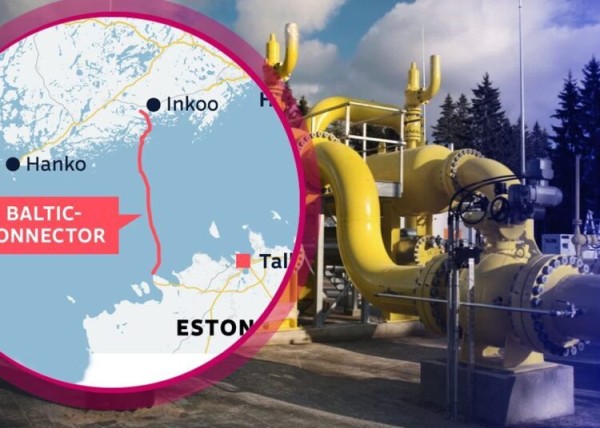Policies put in place at the time of its 2004 EU accession might explain Tallinn’s success in avoiding large population drop-offs similar to those faced by its fellow Baltic neighbors.
tol.org 17 January 2018
Preliminary data compiled by Statistics Estonia, an Estonian government agency under the administration of the Ministry of Finance, show a net growth of the country’s population during 2017, putting the figure at 1,318,700 people on 1 January, which is 0.2 percent, or 3,070 more than on the same day a year before.
The increase is due to the number of immigrants exceeding that of people who left the country, resulting in a positive net migration of 5,030. Otherwise, the number of deaths exceeded the number of births in Estonia in 2017, resulting in a “negative natural increase” of 1,960 souls.
The population growth in Estonia, the smallest of the Baltic countries, stands out when compared to the demographic decline happening in its Baltic neighbors Latvia and Lithuania, which are still struggling to contain the tide of emigration.
The positive net immigration/emigration can partly be traced to the country’s reputation as a stable, well-developed economy with high wages, buoyed by healthy investment into research and development that has created a technology hub that can keep skilled Estonians from leaving the country. But government officials paved the way for attracting foreign workers even before the country joined the EU in 2004. For instance, they established a relatively effective system for registering and processing short-term migrant workers. The annual influx has been limited strictly to a maximum of 0.1 percent of the population, and migrants must be able to earn 1.24 times the average Estonian wage – meaning only skilled workers need apply. Employers also found much lower fees to register foreign workers than in the other Baltic countries.
• Around 13,520 children were born in Estonia in 2017, a number that is almost 400 less than during the previous year, and, according to Statistics Estonia, a result of the falling number of women of childbearing age.
• Estonia’s population peaked at 1,570,599 people in 1990 according to the Estonian Statistics Database. The numbers dropped after the dissolution of the Soviet Union, which spurred migration, and continued after the Baltic state joined the EU in 2004.
Compiled by Wasse Jonkhans
Estonia Does Battle With Demographic Crisis
Eestlased Eestis | 19 Jan 2018 | EWR
Eestlased Eestis
TRENDING



























